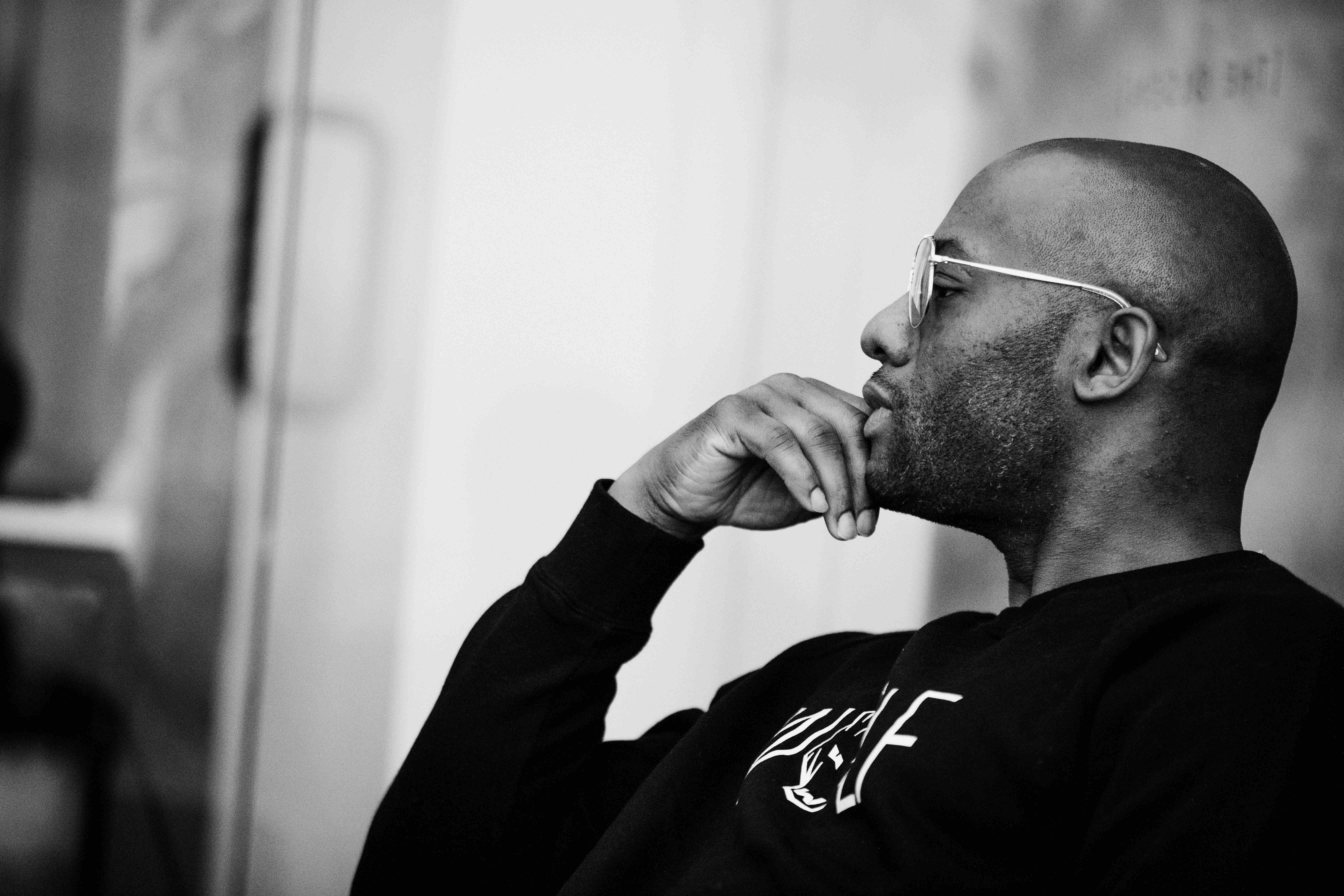
How Corey ‘Homicide’ Williams Went from Infamous NYC Streetballer to Voice of Australian Basketball
MELBOURNE -- The voice has become ubiquitous across Australian media the past three years. It comes across in confident (and, occasionally, arrogant) tones. It makes statements with authority, and shares opinions whether you like them or not.
In just a few years, Corey “Homicide” Williams has transitioned seamlessly from plying his trade on the hardwood to speaking his mind as one of the leading commentators for the National Basketball League (NBL) on SBS Viceland and ESPN Australia/New Zealand. The NBL, Australia’s premier pro basketball league, is looking to establish itself as an attractive sport to mainstream media, and whether you feel like he brings too much of his hometown New York City braggadocio to his broadcasts, one thing is for sure: Aussie hoops fans are tuning in to hear what Homicide has to say.
Five years ago, the NBL was on the brink of collapse until businessman Larry Kestelman came in to turn around the organization’s fortunes in 2015. There was no free-to-air coverage of the sport, crowd numbers were down, and general interest in basketball had dipped from the highs it reached in the mid-1990s, during the golden era of Australian basketball.
Larry understood that the NBL product was entertainment, and entertainment requires entertainers.
There aren’t too many media personalities like Homicide in Australia, where commentators have traditionally been molded by the country’s most popular sport: Australian rules football. Only in recent years has the NBL hired basketball specialists as commentators, though none had the personality of Homicide.
Brash and outspoken, yet down-to-earth and real, Homicide has resonated with fans of the sport just by being himself since he first appeared as a color commentator in 2015.
His rise in Australian media has coincided with the rise of the sport in the country. The league is attracting more eyes than ever, especially with the additions of American teenage phenoms LaMelo Ball and R.J. Hampton, both of whom are projected to be lottery picks in next year’s NBA draft.
The NBL season tipped off during the first week of October, and Homicide is in the thick of things once again. He’s begun his third campaign as not only a media personality, but also one of the faces of the league despite not having played in the NBL since 2011.
Pretty good for a guy who, when he first came to Australia in 2007 to play for the Townsville Crocodiles, only ever intended his stay to be temporary.
“Like every other import, you find a place and you stay there, and you milk it ’till it’s dry as a player,” he tells CloseUp360 at his apartment in Melbourne. “Stay there as long as you possibly can, [but] I’m going home. I didn’t understand how imports could come here and never leave.”
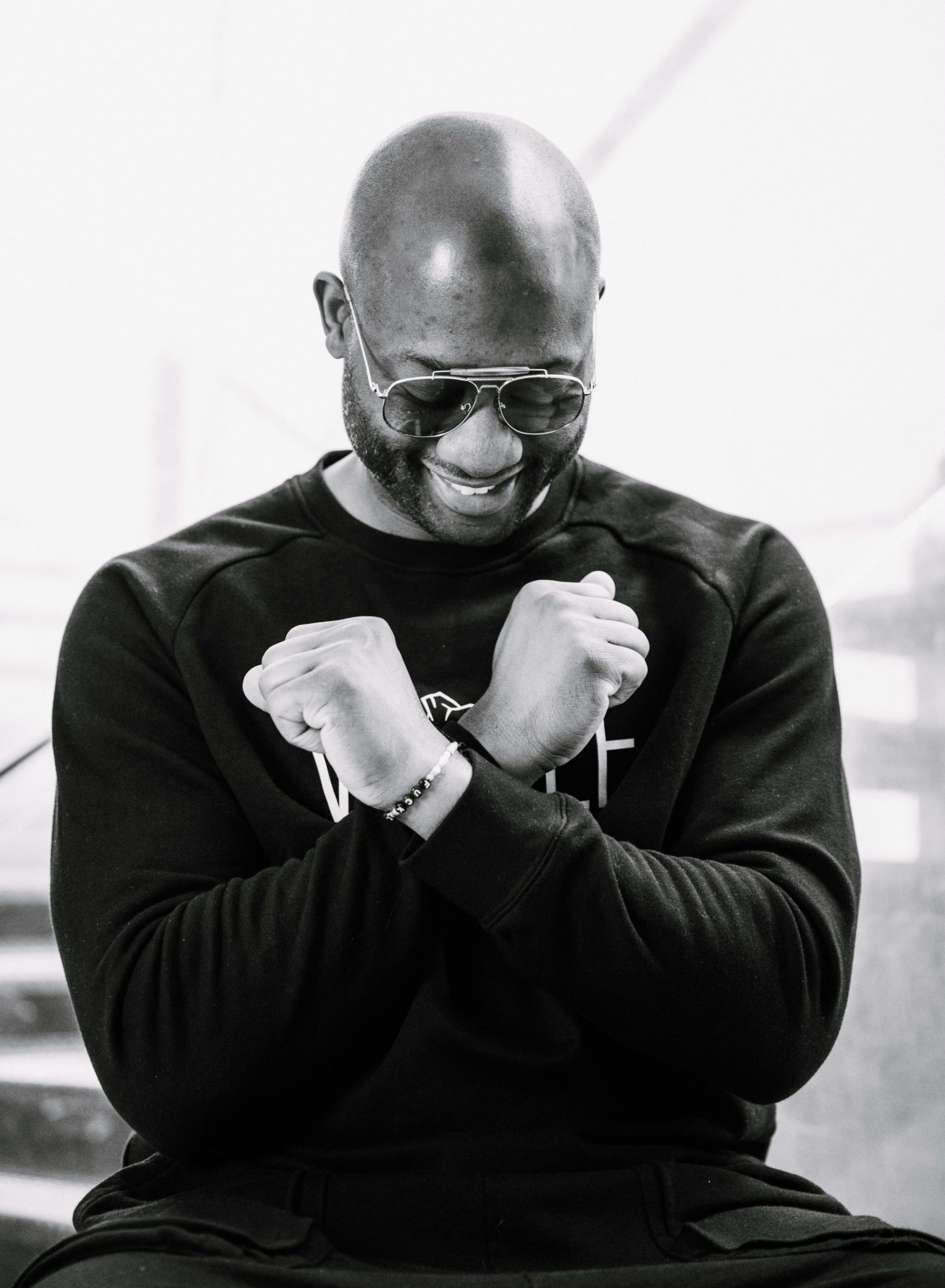
Corey "Homicide" Williams, who's from the Bronx in New York City, first arrived in Australia in 2007. (Lauri Jean)
Before Corey became “Homicide” on New York City’s blacktops, he was a soccer-loving kid who split time in the Caribbean.
Each summer, he would go back to the Williams’ ancestral home of Jamaica and end up “doing what Jamaican kids do”—which is to say, kicking soccer balls and spending time at the beach.
But one summer, when he was 12 years old, Corey—who unofficially changed his name from Carey while in middle school following years of teasing from other kids in the Bronx—didn’t go back to the island. Instead, he stayed in NYC, where his older brother, George, invited him to come to an AAU game he was playing in.
“It was love at first sight,” Corey says. “I saw it and I was, like, ‘Oh my god, I’ve got to play this game.’ I was obsessed. It was an obsession of, ‘I need to play this game.’”
Early on, Corey realized that he wasn’t as good as the other kids who had started hooping at a younger age than he had. To narrow that gap, he spent countless hours honing his skills on the blacktop and analyzing what he needed to do to improve as a basketball player.
Eventually, he found his way to Rice High School in Harlem—the since-closed school that produced local legends like Andre Barrett, Felipe Lopez and, most recently known, Kemba Walker. Corey was a late bloomer, and only made varsity as a senior. But he wanted to play in the NCAA, so he sent out his own recruitment letters, complete with his stats, to college programs.
“I’m just trying to put myself in the best position to get a look because shit is hard, and I’m not that good,” he remembers. “People just aren’t checking for me.”
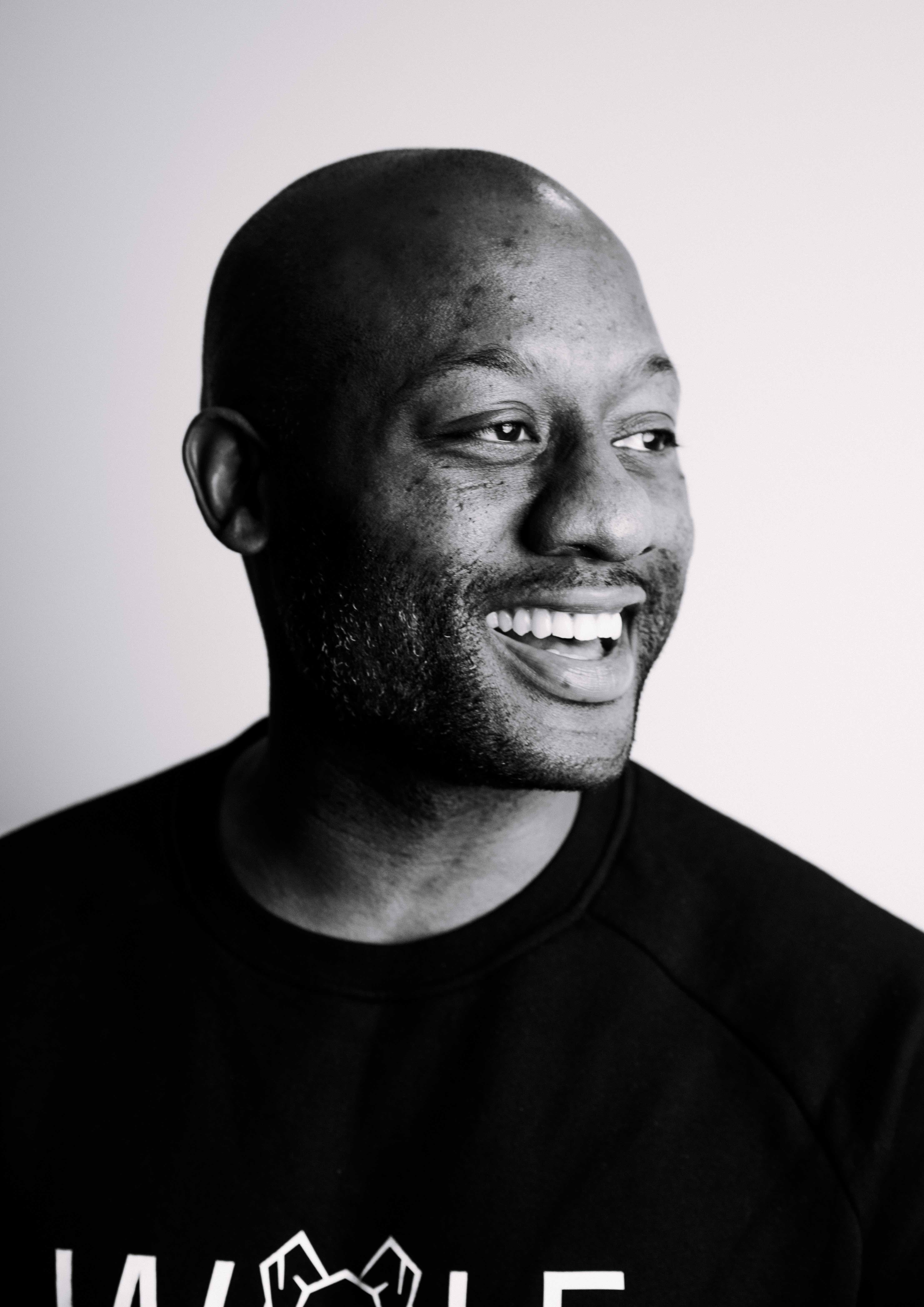
While Corey grew up in the Bronx, he spent his childhood summers in Jamaica. (Lauri Jean)
So Corey had to regroup and adjust his approach. Rather than jump directly to Division I or Division II, he had to consider taking a more circuitous route through junior college.
With help from an assistant coach at Rice, he got an offer to Penn Valley Community College (now Metropolitan Community College) in Kansas City, where Major League Baseball legend Albert Pujols starred before going pro. It wasn’t ideal for Corey, but he took it, knowing that if he performed well, other doors would open up for him.
As a freshman, he led Penn Valley to the 1996 NJCAA Men’s Division II Basketball Championship. After a successful freshman campaign, he transferred to Alabama State University, where he not only got to play, but also fulfilled a promise to his mother, Arlene Golding-Green, that he would get a degree to have something to fall back on if basketball didn’t work out. Despite that safety net, there was no plan B for Homicide. Basketball was the only path he wanted to travel down.
The only problem was, he had no clear path into the professional basketball world—no contacts, no agent, no prospects, no support system within the sport.
“I wanna play this game,” Homicide reflects. “I had no help. How can I do it? All I got is streetball. In the city that I left, I didn’t have no respect, so I’m coming back to a city with nobody thinking I could do this.
“I said, ‘I’m gonna make a way. All I got is these parks.’”
But while those playgrounds were hardly the surest route to his professional dreams, for Corey, they had plenty to offer.
"I had support. I had people that believed in me in the parks,” he says. “I had a bigger margin for error than I did in organized basketball. 'You are my marquee player. Here are the keys to the car; just drive it.' It was just that undying support that gave me that belief. Win, lose or draw, it didn't matter."
The nickname “Homicide” came from the summer of 2000, when he played in his very first game at the famed Holcombe Rucker Park in Harlem.
Bucket after bucket, Rucker Park MCs E.J. “The Mayor” and Hannibal The Most Electrifying One workshopped nicknames for Corey. First, it was “The Unknown.” Then, it was “The Hard Worker.” Eventually, they tried out “C Murder.”
By the end of the game, Corey had lit up Rucker Park for 40 points and walked off the blacktop as “C Homicide.”
But Corey didn’t take his game to the streets just to earn a moniker. His aim was to earn a rep that could help him pave a path to a professional career.
“I was on a mission,” he says. “It was like the movie Death Wish. I wrote a list down and I hunted players, and I literally had to 'kill' them myself. I crossed them off.”
Homicide knew who the top playground ballers were at the time, from Mike Glover and Kenny Satterfield to Anti-Freeze, T2, Alimoe, Kareem Reid and NBA veteran Smush Parker. He made mental notes of where and when they were playing. All across NYC’s playgrounds—from Rucker Park and Dyckman to West 4th Street—if a renowned hooper was there, so was Homicide, often putting up 30, 40, even 50 points per outing.
It helped that he purposefully put himself on teams with what he calls “C-grade type of players.” That may not have been the best way to win games. But for Corey, it gave him the freedom to showcase his game without having to worry about sitting out.
“I didn't set out to be the most winningest player. Fuck that. Where's he?” he says. “I used the platform of the parks to get the buzz and then to get the fuck out of there. Who wants to be a local celebrity in the hood? That shit doesn't get you nowhere."
During the summer of 2004, a team sponsored by Daymond John’s famed FUBU brand enlisted Ron Artest, the NBA’s reigning Defensive Player of the Year, to guard Corey in the final game of the EBC playoffs at Rucker Park. It didn’t work. Homicide torched him for 27 points—on NBA TV, no less—earning MVP honors and, in the process, changing his own mentality.
“I’m supposed to do this shit to streetball players—they’re streetball players,” Homicide says. “Do it against the fucking best—that’s how I rate people. All I ever wanted was an opportunity, and I’ll do the rest because I believe in myself.”
Homicide’s plan worked. With his skills, he emerged as a formidable opponent in NYC’s playgrounds.
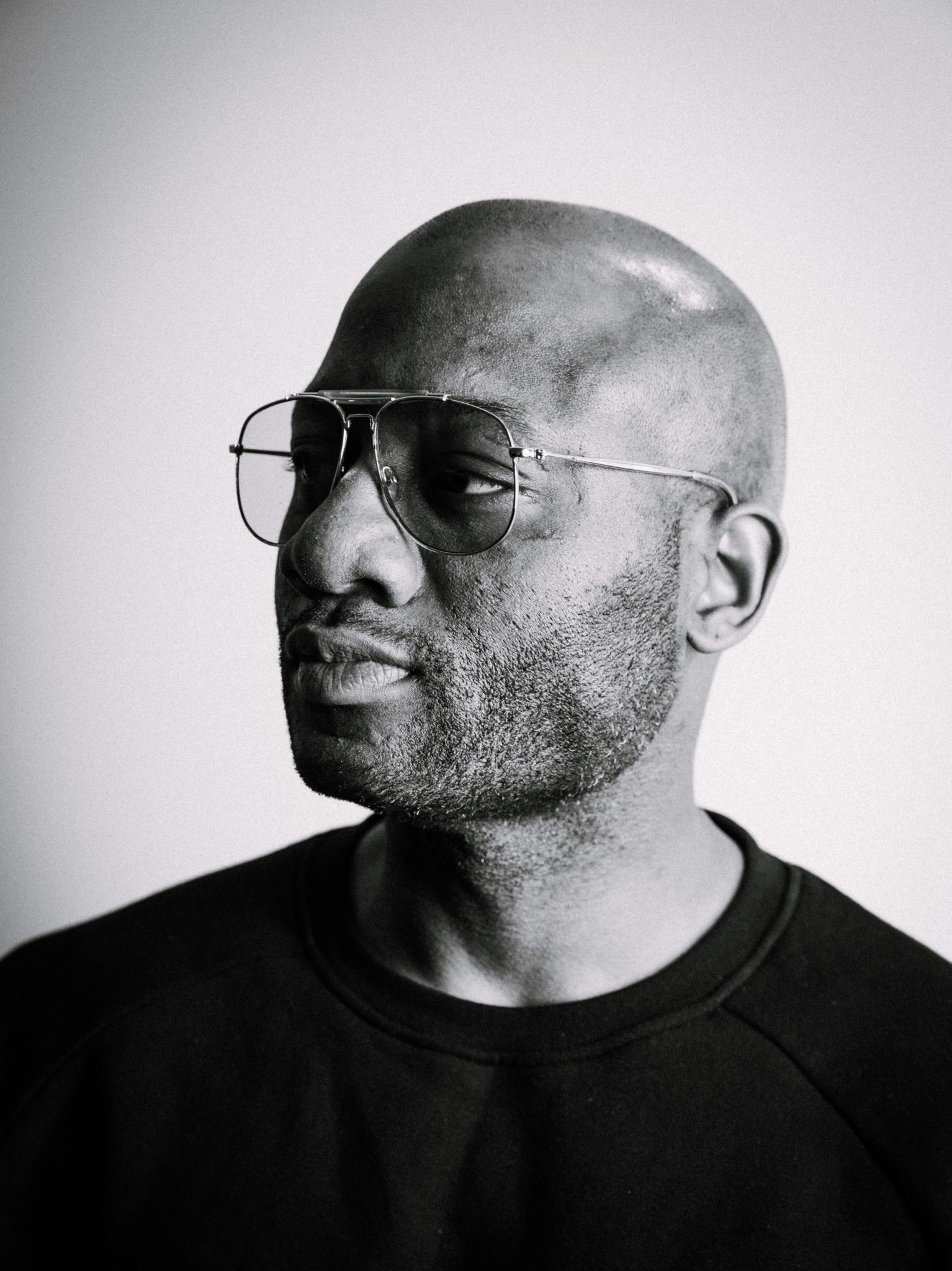
Corey earned the nickname "Homicide" in 2000, after scoring 40 points in his first-ever game at Rucker Park. (Lauri Jean)
Before Robert “Bobbito” Garcia became an award-winning filmmaker and a leading authority on NYC playground basketball, he was a reputable streetballer himself. In 2005, he saw Homicide’s power first-hand in the “Last Man Standing” one-on-one tournament at Madison Square Garden.
“Those of us who had qualified were stretching out and getting dressed in the locker room at Madison Square Garden, about to go out on the legendary hardwood for the very first time,” he says. “The room was filled with anticipation. I looked around at the competition and honestly thought I had a chance to win. I think we all did until…in walks Corey ‘Homicide’ Williams—fashionably late, smiling, confident as fuck.
“The tone of the entire room transformed from hope to almost a group whisper of ‘arrrgh.’ Seriously.”
Bobbito made it to the final eight, but he, like everyone else, was “no match” for Homicide. Corey won handily, thereby laying his claim to the title of NYC’s best one-on-one player—along with the prize package of a 2005 Toyota Camry, New York Knicks season tickets and $3,000 in cash. Homicide was at the height of his streetball powers.
Following stints in the NBA Development League (now the G League), the United States Basketball League, Brazil, Sweden and China, Corey caught the eye of Jim Todd, who was then an assistant coach for the Toronto Raptors, while dominating the park circuit in New York City. That earned him an invite to training camp with the Raptors in 2005—a rarity for a playground star at the time. Finally, he had his chance to show he belonged on the big stage.
“The street buzz was crazy, but no one knew Corey Williams,” Homicide says. “They knew Homicide, though.”
Homicide entered camp with the Raptors in the best shape of his life, and in a situation he’d always wanted to be in. He seemed set to make the regular season roster—alongside the likes of Chris Bosh and Jalen Rose—until one of Toronto’s frontcourt players suffered an injury late in the preseason. To bolster their depth chart in the middle, the Raptors had to make Corey their last cut.
Instead of sulking, Homicide used the experience as motivation.
“It let me know that I can play in this league, [the NBA], if the opportunity was right,” he says.
From there, Homicide changed agents, enlisting Bill Neff as his representative. In 2007—after training camp with the Denver Nuggets, brief training camp appearances with the Indiana Pacers and Denver Nuggets, Summer League with the Indiana Pacers and Golden State Warriors, two months in France and a turn as a D-League MVP and champion with the Dakota Wizards—he joined the NBL. Bill had a history of helping NYC guards find success Down Under.
Corey spent three seasons in Townsville and another with the Melbourne Tigers, earning All-NBL selections during each of his four campaigns, and league MVP honors in 2010 after averaging 18.6 points, 5.0 rebounds and 4.1 assists, while shooting 50.6 percent from the field that season.
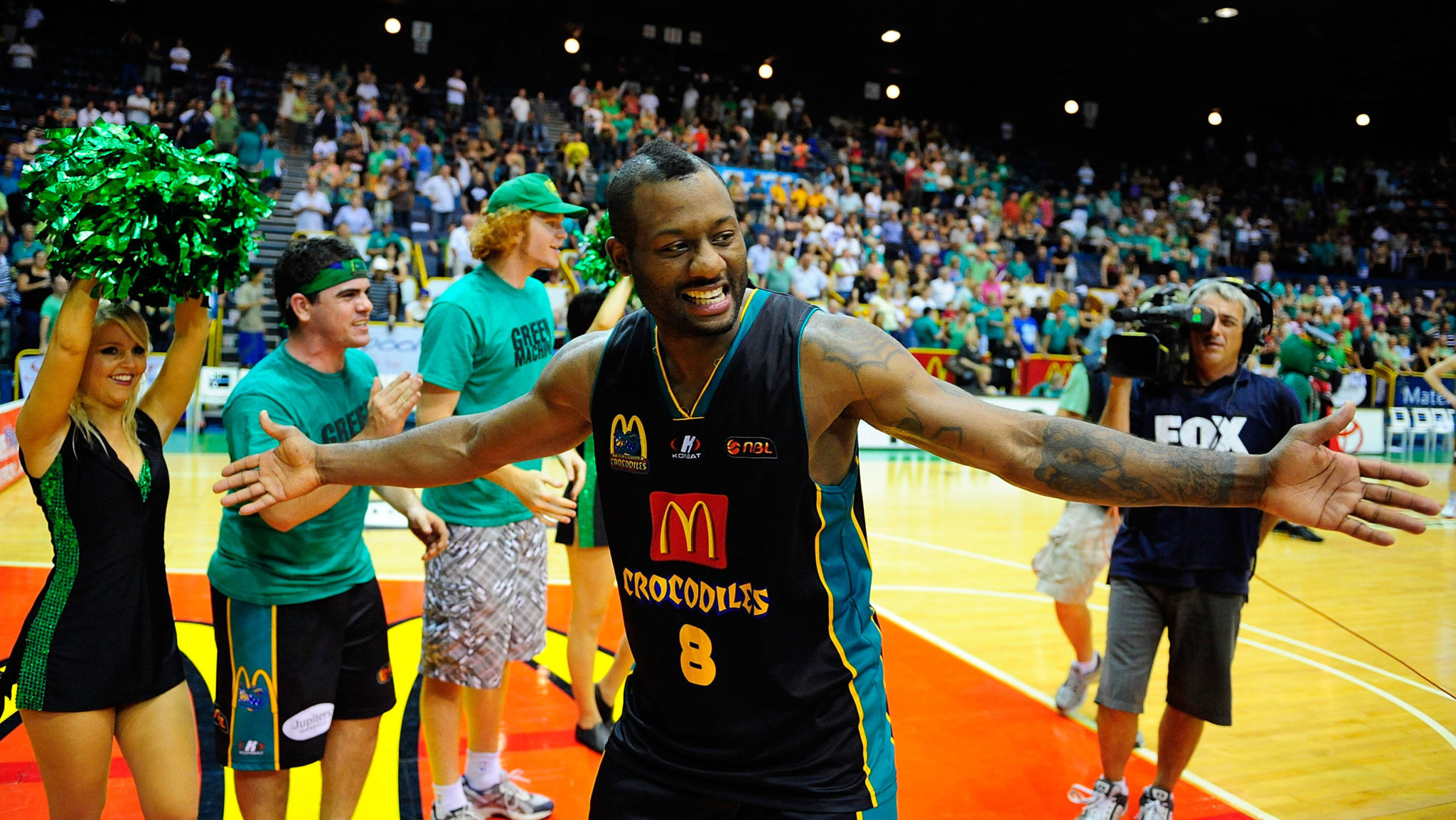
Corey was named the MVP of the National Basketball League in 2010. (Ian Hitchcock/Getty Images)
In 2015, Corey started to think more seriously about life after basketball as he moved into his late 30s.
Sure, he was still playing in Lebanon—following a failed sojourn to Greece and a brief return to Melbourne—and probably could’ve milked it for another couple of seasons, but then what? He had offers to coach a team in Lebanon, but was that really what he wanted to do?
Then, a call came that changed the trajectory of his career immediately.
He was booked to host and play in a three-on-three tournament in Brisbane, Australia. He was in between deals with Tadamon Zouk, his club in Lebanon at the time, and figured a paid trip back Down Under wouldn’t hurt.
After losing in the tournament’s championship game, Homicide made the decision to spend some time in Melbourne visiting a friend while his contract situation in Lebanon was being finalized. He figured he’d train there for a month or so.
That’s when Corey heard from Jeremy Loeliger, who was then the general manager of the NBL. The league had caught wind of Homicide’s return, and Jeremy wanted to know whether Corey was interested in being a commentator for the NBL.
“I’m not a commentator,” Corey told him.
“We don’t care,” Jeremy said.
“I still play,” Corey replied.
“We don’t care,” Jeremy shot back. “We wanna have you here as long as we can possibly have you.”
Corey had no prior experience in television commentary. Naturally, then, he wondered why the NBL was so keen to bring him on board.
“Because of your personality,” Jeremy told him. “People are drawn to you. You’re colorful. We haven’t had anybody like you in this country since you left.”
Opportunity was once again calling, and Homicide was going to pick up. Always the showman, he approached television with the same drive he’d shown on the come-up during his streetball days. He knew that with his personality and outspoken opinions, he would be a polarizing figure among NBL fans. He also understood that they would tune in regardless.
“I was just trying to be my normal self,” he says. “I never tried to be super analytical or anything else. I’m not trying to belittle people. These are the facts, this is how I see it, let’s talk ball.”
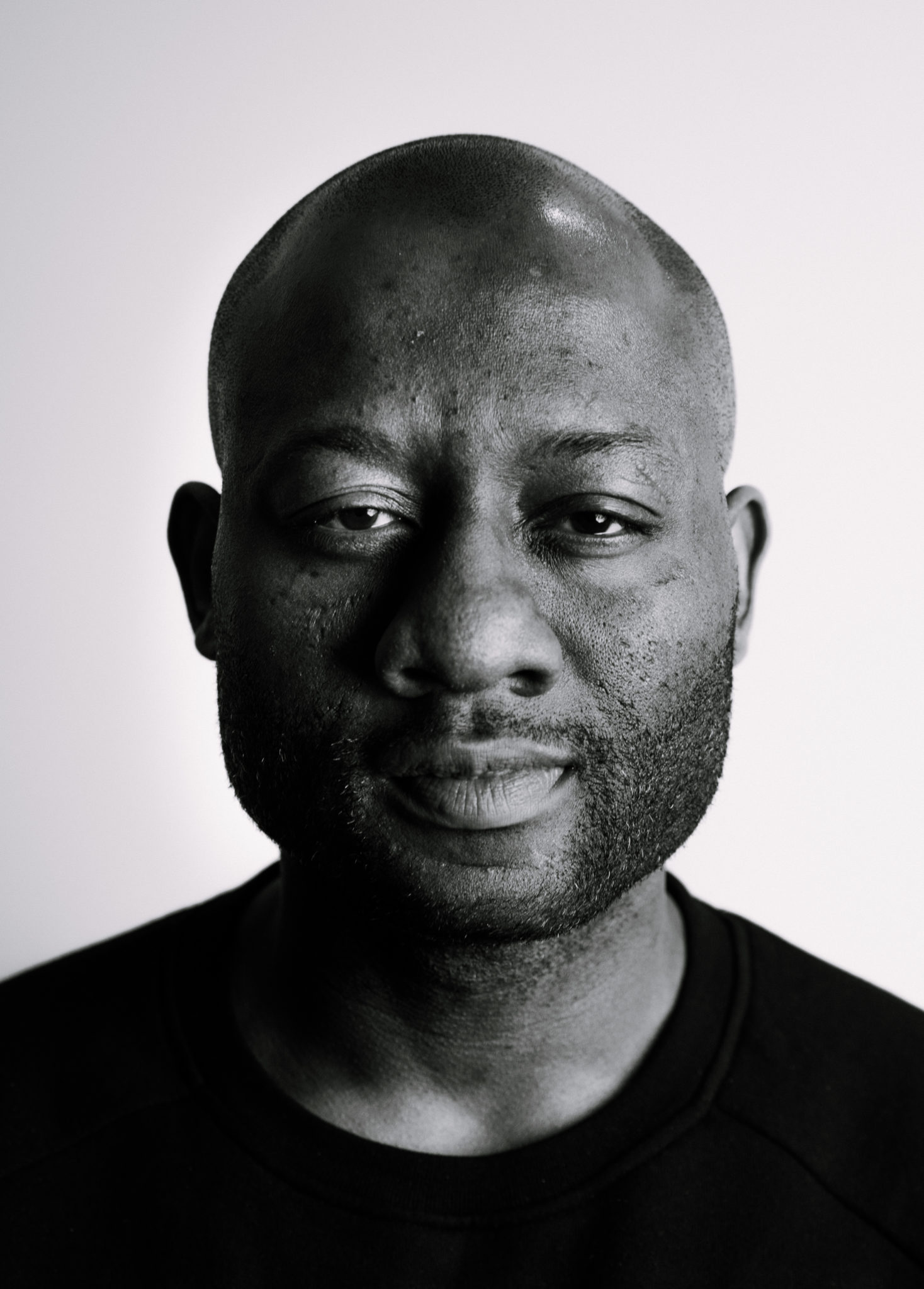
Corey's response when he first heard from the NBL about working in media? "I'm not a commentator." (Lauri Jean)
Corey spent the 2015-16 NBL campaign behind the mic before returning to Lebanon for the second half of that season in 2016. After spending most of the 2016-17 schedule by his mom’s side in New York City as she battled cancer, he returned to Australia for his first season as a full-time TV personality for the NBL in 2017-18.
In addition to his on-screen appearances, he began engaging further with NBL fans through social media. Each week, he would post his power rankings for players by position to get them to use it as motivation to step their games up if they had a bad week.
He coined the phrase “this ain’t a cupcake league” to let import players know that if they came to Australia, they’d better be ready to hoop. Otherwise, they’d likely get cut, quickly.
Some players used his posts as intended, and would often have big games after Homicide had called them out on Instagram.
Nick Johnston, the current GM of NBL Media and Communications, said the league expected him to engage the public in that way when it brought him on board.
“We wanted him to have an opinion, but also play a wider role promoting the NBL,” Nick says. “There’s no point having experts in the commentary if they are not going to call it as they see it. That goes for all of our experts.”
Corey’s style isn’t universally revered among the NBL’s faithful, but for the most part, fans have taken to Homicide’s brash, unfiltered takes on the league.
“People love him,” says Liam Santamaria, who calls games alongside Homicide for the NBL. “A lot of folks don’t necessarily agree with Corey’s views on players or teams, but he has one of those magnetic personalities that draws people in nonetheless. When we travel to commentate games, people are constantly coming up to Corey to chat hoops and get selfies.”
Now in his third season commentating for the league, Homicide says he’s grateful to the hierarchy at the NBL for its continued faith in him—as not just a commentator, but also someone helping to push the sport forward in Australia.
“They let me be me,” he says. “That is the thing I’m extremely happy for. This couldn’t work if I couldn’t be me. This is me every day.
“I’m not like this because I’m on TV. I’m on TV because I’m like this.”
In its attempt to gain a foothold in the Australian sporting landscape, the NBL has looked to the NBA as an inspiration for how to promote the game as a whole. Personalities like Homicide are integral to that.
“I think one of the most pleasing aspects of having Corey on board is that he has become one of the faces of the NBL,” Nick says. “Ultimately, the players are the stars of the show, but you need to have other personalities and characters around the game, and he is certainly one of those.”
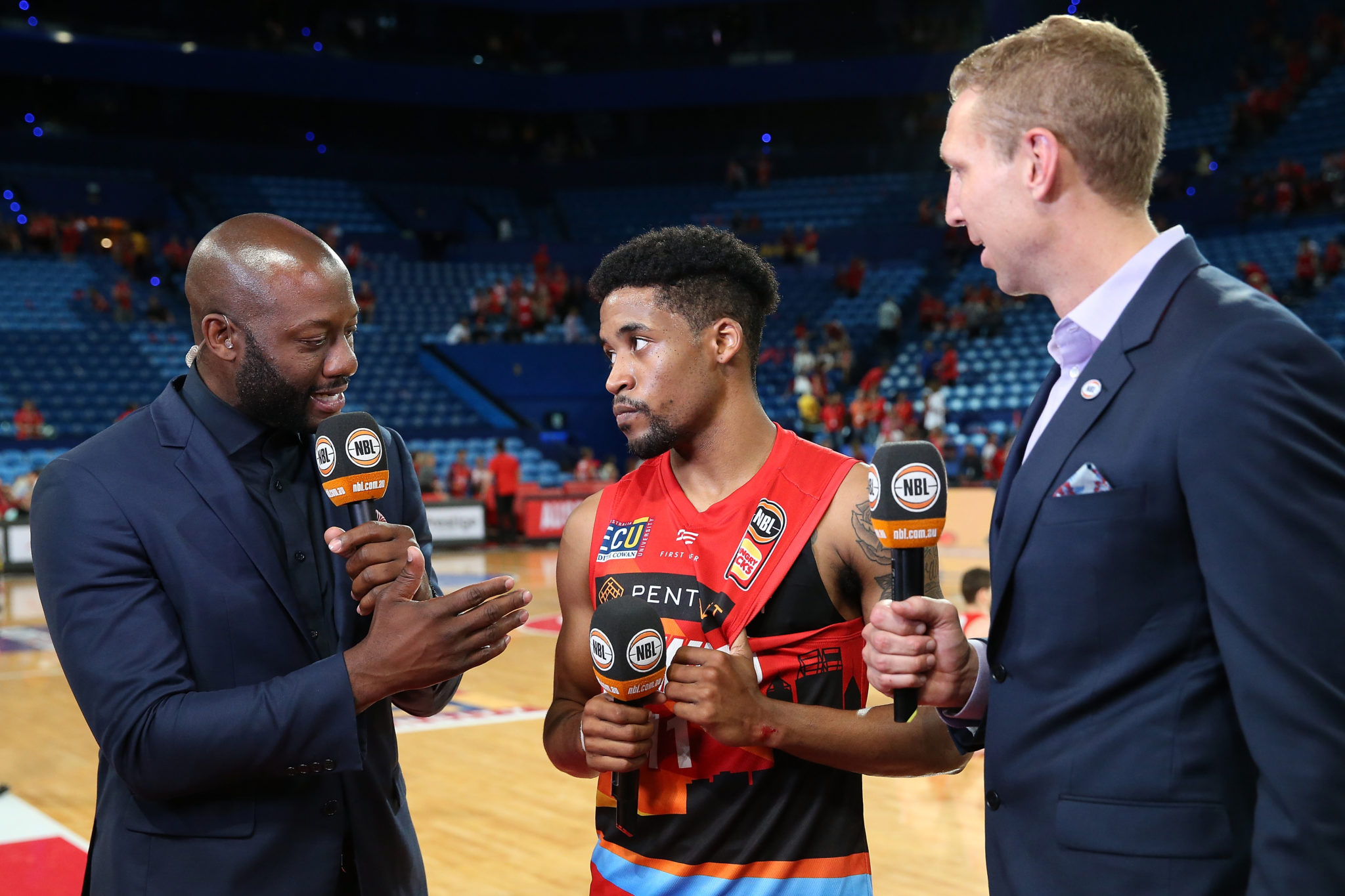
Corey has been working on the media side of the NBL since 2015. (Paul Kane/Getty Images)
Twelve years after he first set foot in Australia as a player, Corey, now 42, is still there, still filled with the same drive that served him so well as a player.
That passion has pushed him to even greater heights in his seemingly serendipitous career in media. He now serves as a studio analyst during the week (a la Jalen Rose, Stephen A. Smith and Skip Bayless, he says) while working as an in-game commentator and reporter on the weekends (a la Mark Jackson, he says). When USA Basketball came to Australia for exhibitions ahead of this summer’s FIBA Basketball World Cup in China, there was Homicide, stalking the sidelines in Melbourne and Sydney.
All the while, Corey has people coming up to him on the street, always looking to talk hoops. That says as much about his own notoriety as it does the popularity of the sport in Australia.
“I never thought I’d be here,” he says. “I’m literally the first guy to do this from the park. I knew post-basketball I would be in a good space, [but] I didn’t think I’d be a commentator. I never thought in a million years I’d be back in Australia doing this, so whatever I did in those four seasons that I [played] here, it had to be some good stuff for them to think of hiring me.”
But Corey is more than a mouthpiece for the NBL. He works with LinkedIn and does motivational speaking. He’s a brand ambassador for Aston Martin, Racing Victoria, Lenovo and Sports PayDay. And he has his own brand, Wolf, for which he just launched a website.
“A wolf, to me, is an ambitious individual or a group of ambitious individuals that are working hard until their dreams come to fruition,” he says. “Bottom line is a wolf makes shit happen, gets shit done by any means. The mission that I’m on with my life is pushing positivity, being successful and breaking boundaries. You can only do shit like that if you’re a wolf.”
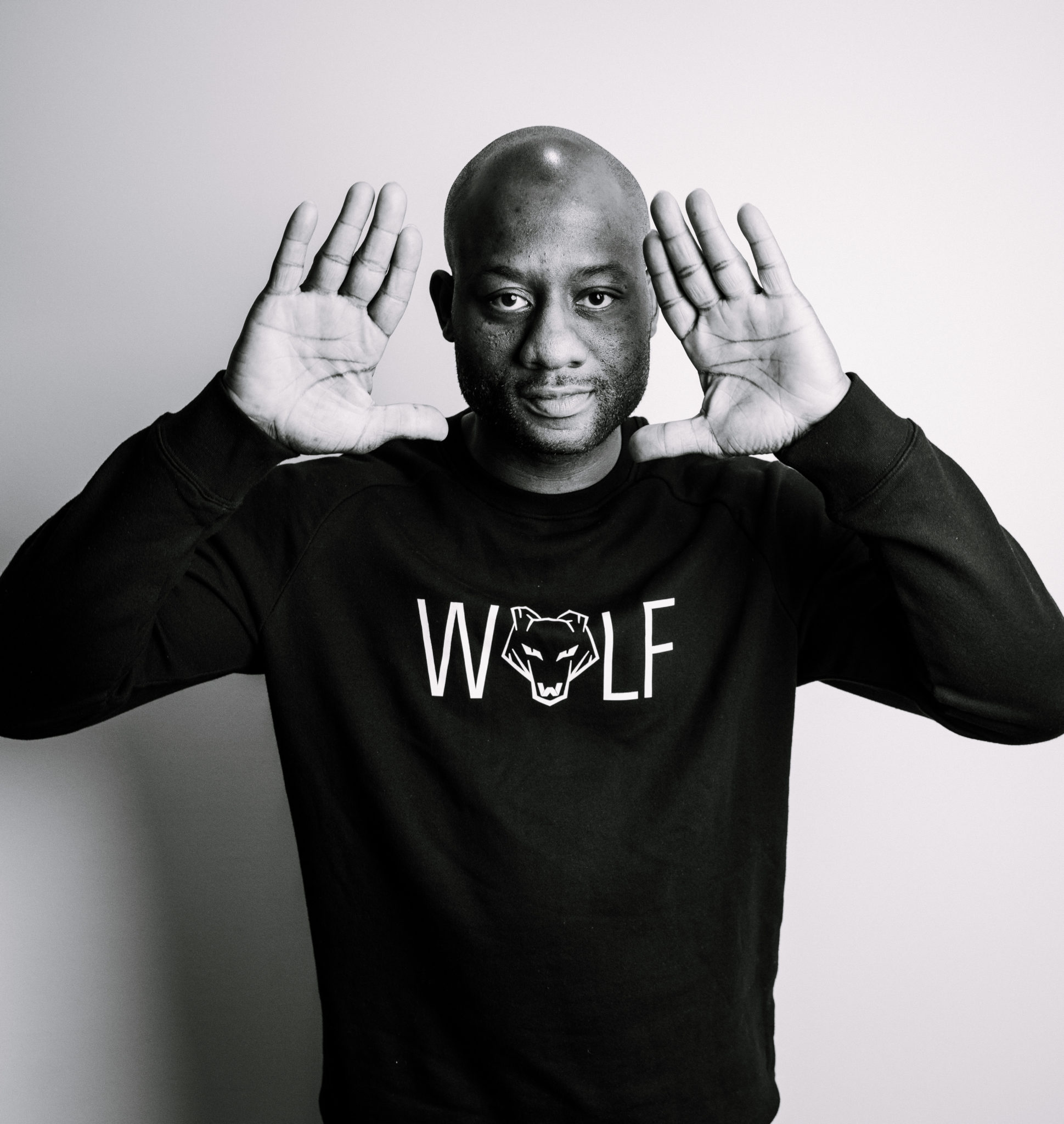
Corey founded his own brand, Wolf, while playing in Lebanon in 2016. "Bottom line is a wolf makes shit happen, gets shit done by any means," he says. (Lauri Jean)
The sport itself has certainly benefited from having a dogged supporter and ubiquitous ambassador like Corey in Australia. Though basketball still ranks firmly behind cricket, rugby and Australian rules football in local popularity, he has seen the NBL grow in terms of its own talent and product, as well as its penetration of the global sporting consciousness. The league received an estimated $1.4 billion worth of worldwide media coverage just from the announcement this summer that Lonzo Ball’s youngest brother, LaMelo, would be signing with the Illawarra Hawks. Since then, the teenage sensation has helped to attract viewership in the millions to live broadcasts of his NBL games on Facebook.
Overall, Australia’s top league has drawn record attendance in the early going of its latest season. Beyond the expansion of its casual fandom, the NBL has become a hot commodity among NBA veterans, with Andrew Bogut, Dante Exum, Al Harrington, Shawn Marion, Kevin Martin and Zach Randolph all investing in teams as part-owners.
Corey, meanwhile, remains all-in as a cheerleader for basketball Down Under. He wants to see the NBL recognized as one of the best basketball leagues in the world—on par, in his opinion, with Spain’s Liga ACB—with a “billion-dollar broadcast deal” to affirm its arrival as a cultural and economic powerhouse in sports and entertainment.
“When that deal happens,” he says, “my job is done.”
Until that time comes, Corey will continue to spread the gospel as only he can, while remembering how unlikely it was for a streetballer from New York City to wind up in his position in the first place.
“I’m representing for a lot of people. There’s a lot of people who would never get opportunities like this,” he says. “You’ve got to carry yourself the right way and continue to inspire.”
Nick Metallinos is a veteran NBA writer based in New York City and Melbourne. Follow him on Twitter.
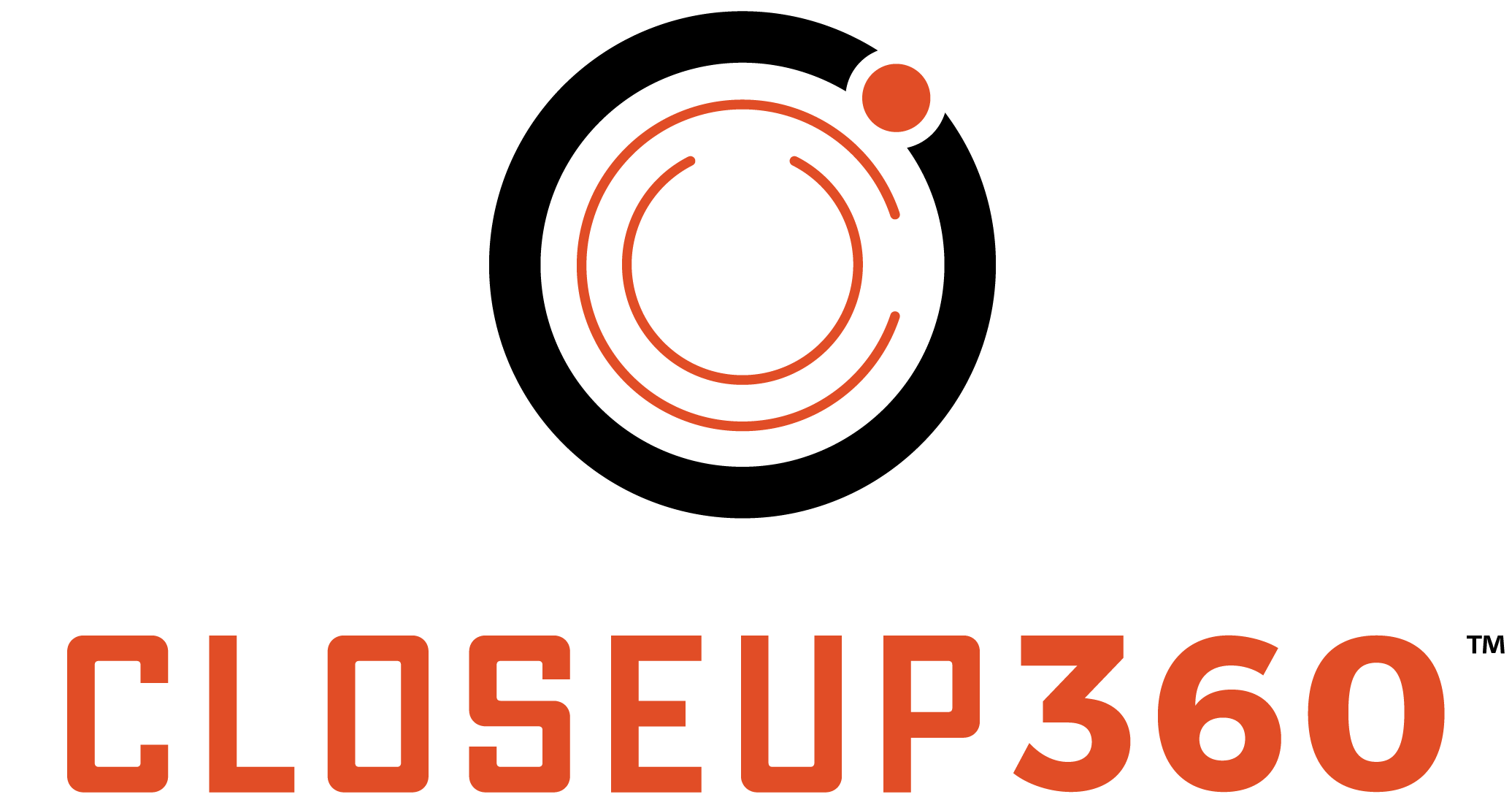
Instagram
Twitter
Error: Could not authenticate you.
Facebook
Subscribe